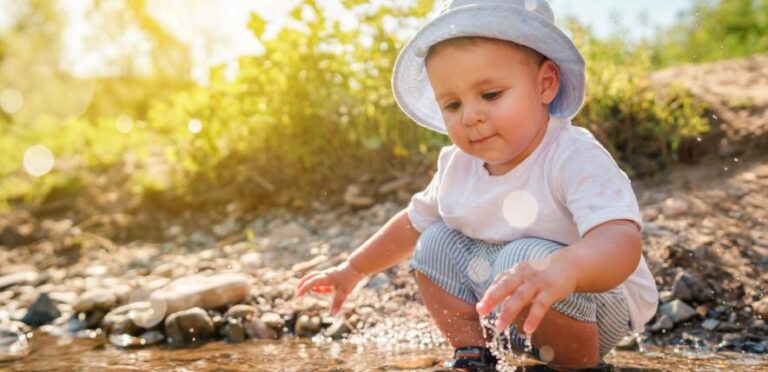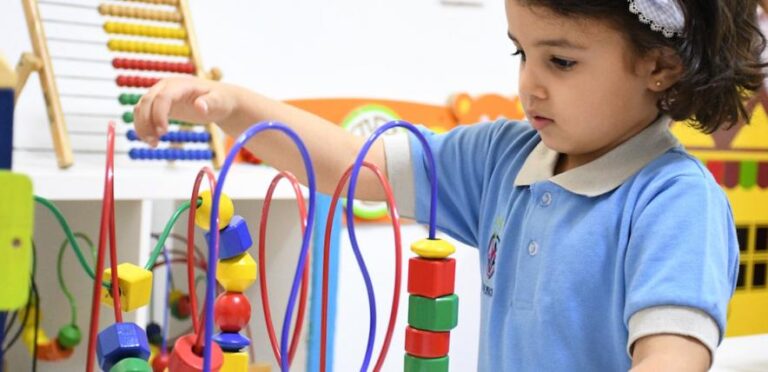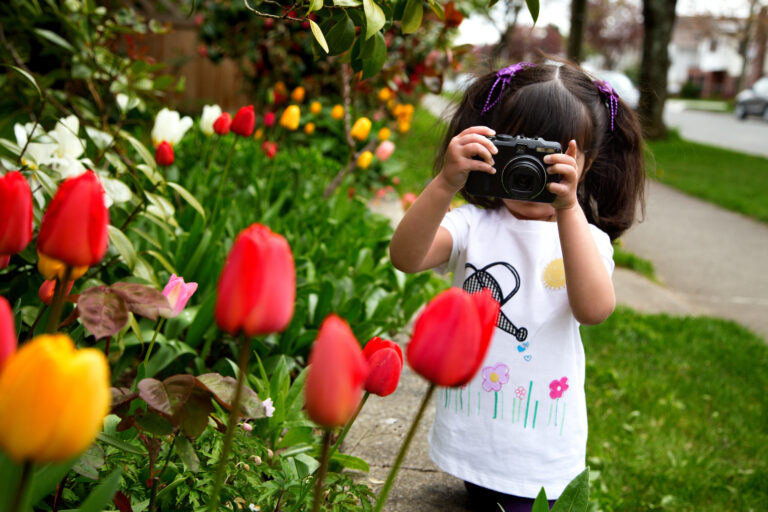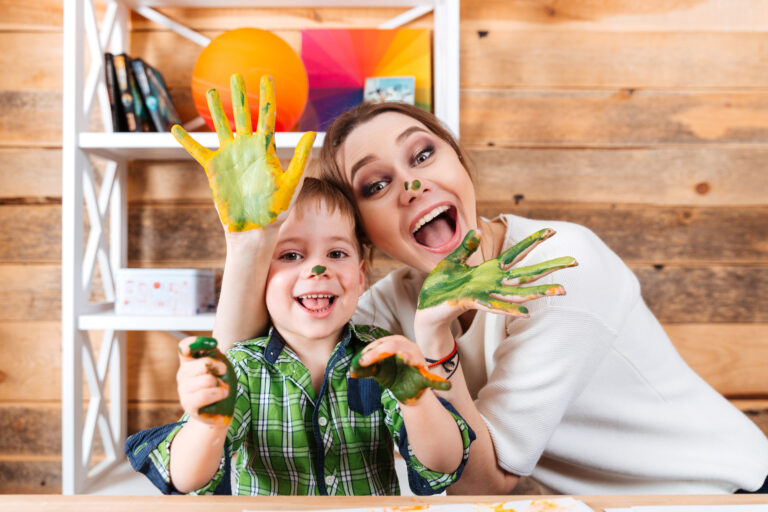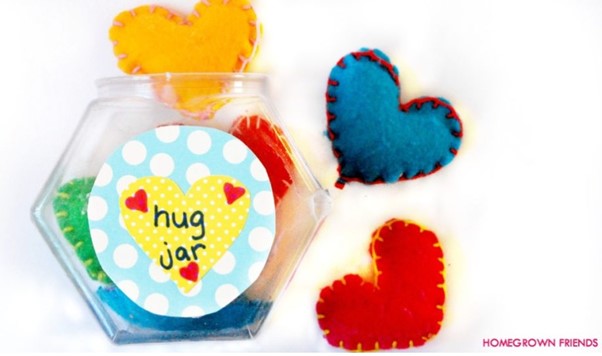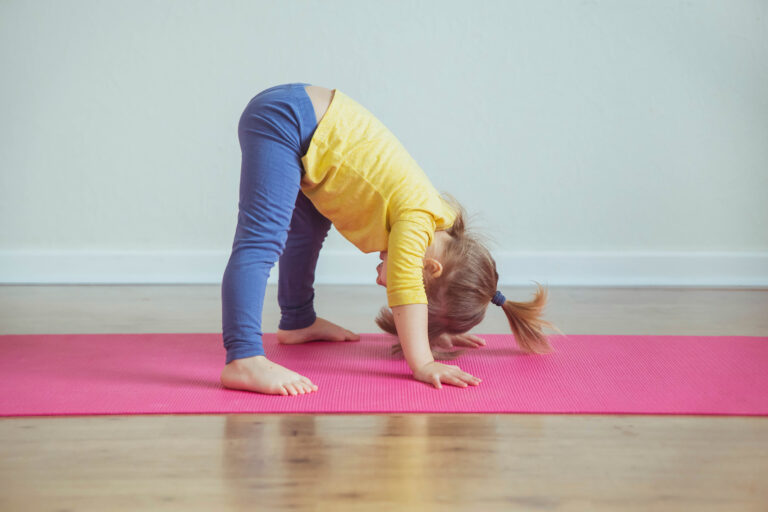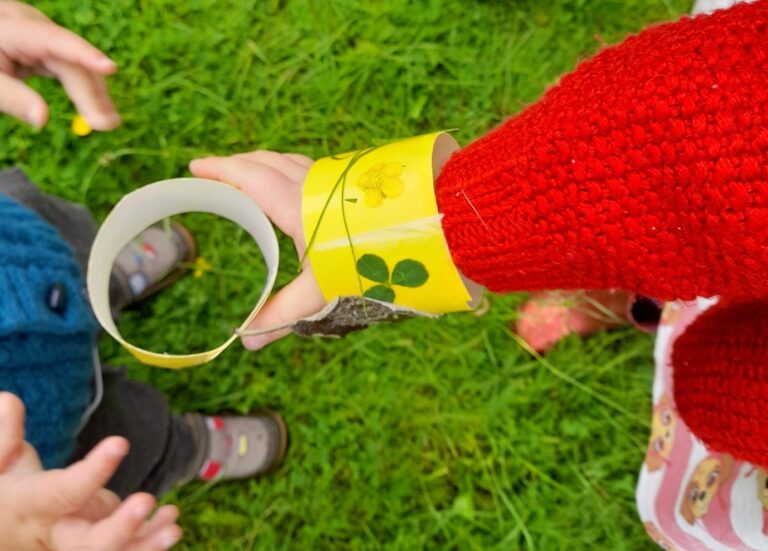Young children love water. Whether it’s splashing around in the bathtub, showering friends with water pistols or building sandcastles on the beach, there is something so joyful about getting soaking wet as part of their play.
Childhood is an ideal time to harness that love of the wet stuff and have some fun – while at the same time teaching our youngsters about the importance of water conservation, and how this precious resource helps to sustain us and keep us healthy.
Water is a great opportunity and excuse to explore, experiment and start the process of teaching our littles ones about water and its importance in our lives.
Making things grow
Spending time outdoors creates a great opportunity to talk about planting seeds, growing flowers or easy fruit and vegetables such as strawberries and tomatoes, and the role that water and rain play in this process.
Kathy Vernon, who runs a childcare setting in the Midlands, says her children love watching their plants grow and watering them is part of their day-to-day activity.
“We measure out the water to ensure we aren’t wasting any by over-watering, and so that the plants have just the right amount to thrive,” she said. “So, while we’re doing some simple maths, we’re also taking care of the environment, growing our own food and learning about water conservation.”
Calming and soothing
Experts believe that playing with water hones fine motor skills, provides opportunities for exploration and experimentation, enables creative and imaginative play and encourages outdoor activities. The touch and sound of flowing or running water can also offer a sensory and calming experience for children.
In her setting, Kathy has set up a number of water play areas, including a water table where youngsters can play with sponges, funnels and containers, and a washing station where little ones clean toys or play at doing laundry. She adds accessories and additives such as gentle laundry and dishwashing fluids that make fun bubbles and soften the way while the children play.
She has saved different types of glass bottles and jars and part-filled them with water so that children can use them as musical instruments and strike them with spoons or sticks.
“The children love making music and adjusting the water levels to make different sounds. Some of the older children have enjoyed putting the bottles in order, from the highest to the lowest note,” Kathy said.
Changing states
Older pre-schoolers have also explored water in its different states. They have watched the steam and condensation created in their playroom when a kettle boiled and have frozen water in moulds to make ice cubes and lollies.
Other activities have involved putting various toys and items into a water table to see which floated best.
Keeping healthy
Most obviously, of course, young children need to learn about the importance of water in keeping them alive and their bodies functioning properly. Children are encouraged to drink water regularly as part of healthy eating and know that different taps in the setting are used for handwashing, and for drinking. The tap with the red top means it is hot and needs adult supervision.
The youngsters have also discussed how the water in which they ‘re learning to swim with their parents has a particular smell because it’s treated with chemicals to help prevent the spread of germs and can sting if it gets in their eyes. This water is entirely different from the small tropical aquarium in their playroom, which the children help to look after and take turns at feeding the fish.
Kathy added: “Obviously, some of the science involving water is still quite difficult for toddlers and pre-school children but engaging them in activities and starting to talk about topics such as water is a good start for what they will learn later, and it gets them interested.
“Most children absolutely love water and on those warm sunny days we take our activities outside and ask parents to send them in with a towel and change of clothes.
“Now more than ever, children need to learn about the impact of global problems such as climate change and flooding, droughts and famine and water conservation and shortages. Some of these challenges will be contradictory to them. So, we try to explain that, for example, while people in some countries might have flooded fields that ruin their crops, farmers in other parts of the world will have too little rain for their food to grow.
“Starting those conversations in the early years, in an age-appropriate way, can help to nurture responsible and environmentally aware citizens of the future.”
More ideas:
Celebrate World Water Day with games and activities
Unicef — 10 things you didn’t know about water

